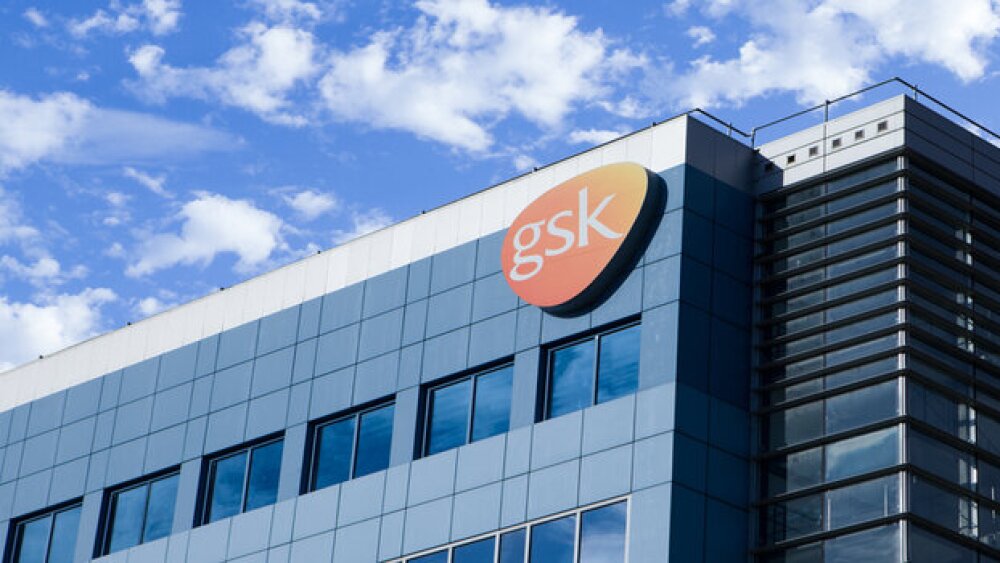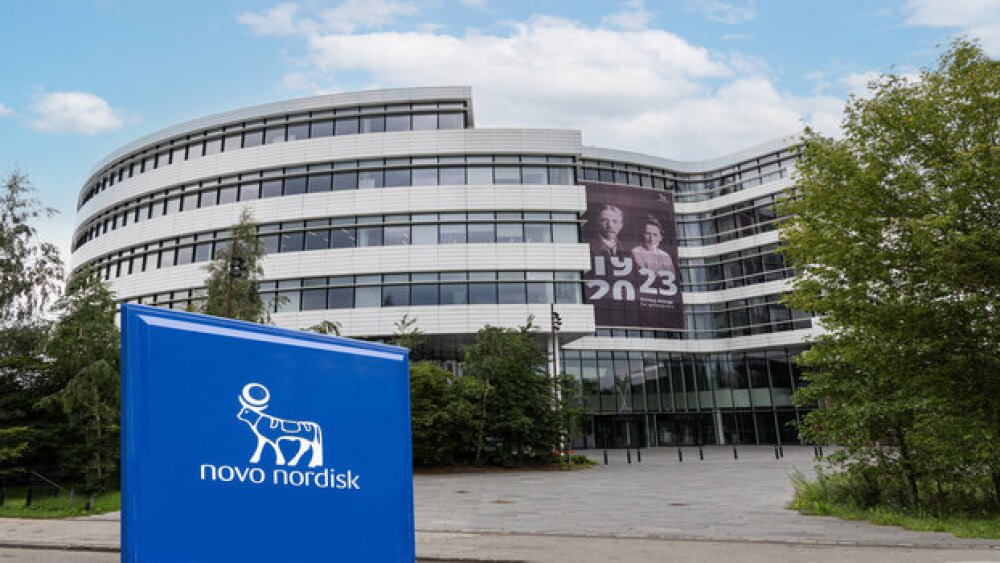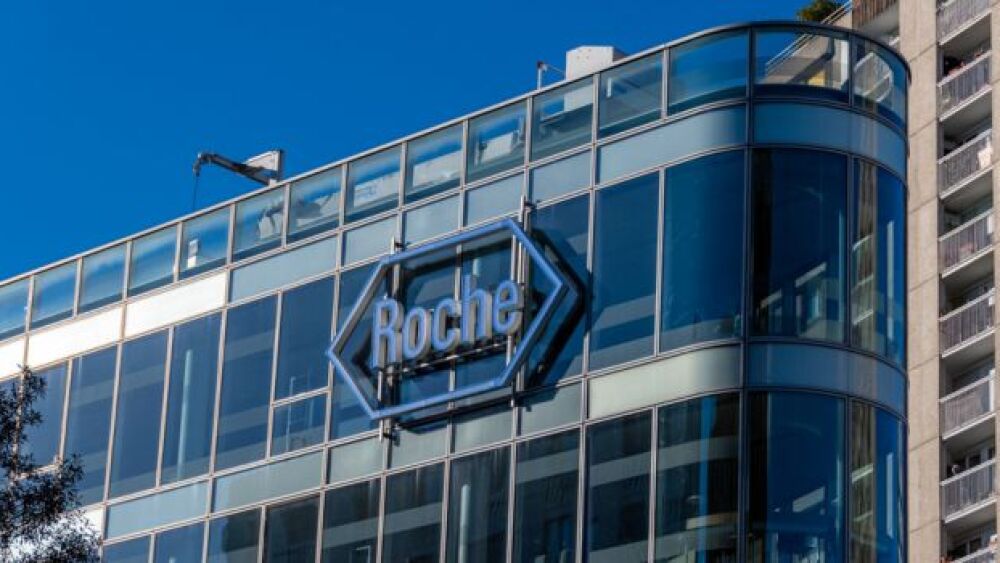Aldeyra Therapeutics, Inc. (Nasdaq: ALDX) (Aldeyra or the Company), today announced top-line results from the Phase 3 TRANQUILITY Trial of 0.25% reproxalap ophthalmic solution (reproxalap), an investigational product candidate for the treatment of dry eye disease.
- TRANQUILITY Primary Endpoint of Ocular Redness Not Met, but Statistical Significance Achieved for Secondary Endpoint of Schirmer Test (p=0.0001), an Approvable Sign of Dry Eye Disease
- Primary Endpoint of TRANQUILITY-2 Trial Modified to be Met if Either Ocular Redness or Schirmer Test Achieved; Target Enrollment Increased from 300 to up to 400 Patients; Top-Line Results Expected Mid-2022
- Dry Eye Disease NDA Submission Expected Mid-2022, Pending Safety Trial Enrollment and Outcome of TRANQUILITY-2
- Company to Host Conference Call at 5:00 p.m. ET Today
LEXINGTON, Mass.--(BUSINESS WIRE)-- Aldeyra Therapeutics, Inc. (Nasdaq: ALDX) (Aldeyra or the Company), a biotechnology company developing novel immune-modulating therapies to treat ocular and systemic diseases, today announced top-line results from the Phase 3 TRANQUILITY Trial of 0.25% reproxalap ophthalmic solution (reproxalap), an investigational product candidate for the treatment of dry eye disease.
Although the primary endpoint of ocular redness was not met in TRANQUILITY, statistical significance (p=0.0001) was achieved for the dry eye disease sign of Schirmer test, a secondary endpoint. Statistical significance (p<0.0001) was also achieved for the post-hoc assessment of Schirmer test responders of ≥10 mm. The Schirmer test has been accepted by the U.S. Food and Drug Administration (FDA) as part of the basis of approval of other dry eye disease products. The primary endpoint of the upcoming Phase 3 TRANQUILITY-2 Trial has been modified such that the endpoint will have been met if either Schirmer test or ocular redness demonstrates stastisical significance. In addition, target enrollment in TRANQUILITY-2 has been increased from 300 to up to 400 patients. Top-line results from TRANQUILITY-2 are expected mid-2022.
“Following the achievement of statistical significance in ocular redness in our recent Phase 2 clinical trial, the achievement of statistical significance of Schirmer test in TRANQUILITY may provide an additional option to satisfy the remaining objective sign requirement for dry eye disease NDA submission,” stated Todd C. Brady, M.D., Ph.D., President and Chief Executive Officer of Aldeyra. “Subject to agreement with the FDA, we believe that the TRANQUILITY results allow for the possibility that, pending the outcome of TRANQUILITY-2, the NDA submission for reproxalap could represent the first time a dry eye disease drug will have qualified for the demonstration of activity for two objective signs.”
Per draft FDA guidance, to be considered for regulatory approval in the United States, a product candidate for the treatment of dry eye disease must demonstrate efficacy in an objective sign in at least two clinical trials and efficacy in a subjective symptom in at least two clinical trials. To satisfy the symptom efficacy requirements, Aldeyra intends to submit two previously completed 12-week adequate and well-controlled symptom trials that pre-specified patient-reported ocular dryness score as a primary endpoint, the Phase 3 RENEW-Part 1 Trial and the Formulation Phase 2 clinical trial. Aldeyra’s recently completed Phase 2 clinical trial achieved the primary endpoint of ocular redness, an approvable sign of dry eye disease. Pending discussion with the FDA and the results of TRANQUILITY-2, Aldeyra may submit two pivotal trials for either ocular redness (Phase 2 and TRANQUILITY-2) or Schirmer test (TRANQUILITY and TRANQUILITY-2), or two trials for both signs (Phase 2, TRANQUILITY, and TRANQUILITY-2) if ocular redness and Schirmer test are achieved in TRANQUILITY-2. Phase 2 and Phase 3 clinical trials can be submitted as pivotal, provided that the trials are adequate and well-controlled.
Pending enrollment of the ongoing 12-month safety trial in dry eye disease patients and the outcome of TRANQUILITY-2, the dry eye disease NDA (New Drug Application) submission is expected to occur mid-2022. NDA submission for allergic conjunctivitis, another proposed indication, is expected to occur after the dry eye disease submission, and following completion of an additional allergen chamber trial requested by the FDA. Primary and key secondary endpoints in allergic conjunctivitis were previously achieved in the Phase 3 ALLEVIATE conjunctival allergen challenge trial and the Phase 3 INVIGORATE allergen chamber trial.
“Notwithstanding the inherent variability of dry eye disease clinical trials, our investigational product candidate 0.25% reproxalap has now demonstrated activity in four late-stage clinical trials with the intended commercial dosing regimen,” Dr. Brady stated. “We continue to advance reproxalap toward NDA submission as we focus on the completion of TRANQUILITY-2 and enrollment in the 12-month safety trial.”
No safety signals were observed in TRANQUILITY, and reproxalap was well tolerated; there were no treatment-related discontinuations or moderate or serious adverse events. Reproxalap has now been tested in over 1,500 patients. The most common reported adverse event is mild and transient instillation site discomfort.
Conference Call Information
Aldeyra will host a conference call to discuss this announcement at 5:00 p.m. ET today, December 20, 2021. The dial-in numbers are (866) 211-4098 for domestic callers and (647) 689-6613 for international callers. The Conference ID is 8641858. A live webcast of the conference call will also be available on the “Investors & Media section” of the Aldeyra Therapeutics website at https://ir.aldeyra.com. Presentation slides will be available on the investor relations page prior to the start of the conference call and webcast.
About Reproxalap
Reproxalap, an investigational new drug, is a novel small-molecule immune-modulating covalent inhibitor of RASP (reactive aldehyde species), which are elevated in ocular and systemic inflammatory disease. Reproxalap’s mechanism of action has been validated with the demonstration of statistically significant and clinically relevant activity in multiple physiologically distinct late-phase clinical indications. Reproxalap is currently in Phase 3 clinical development as a 0.25% ophthalmic solution for the treatment of dry eye disease and allergic conjunctivitis, two ocular inflammatory diseases that often occur together.
About Dry Eye Disease
Dry eye disease is a common inflammatory disease estimated to affect 34 million or more adults in the United States.1 The disease is characterized by insufficient moisture and lubrication in the anterior surface of the eye, leading to dryness, inflammation, pain, discomfort, irritation, diminished quality of life, and in severe cases, permanent vision impairment. Among many physicians and patients, existing therapy for dry eye disease is generally regarded as inadequate and often requires weeks or months to demonstrate activity. In patients with dry eye disease, pro-inflammatory RASP may contribute to ocular inflammation and changes in tear lipid composition.2 By diminishing RASP levels, Aldeyra’s lead RASP inhibitor reproxalap represents a novel and differentiated approach for the treatment of the symptoms and signs of dry eye disease.
About Aldeyra Therapeutics, Inc.
Aldeyra Therapeutics, Inc. is a biotechnology company developing novel immune-modulating therapies to treat ocular and systemic diseases. Two of the Company’s lead product candidates, reproxalap and ADX-629, target RASP, which are pre-cytokine, systems-based mediators of inflammation. Reproxalap is being evaluated in Phase 3 clinical trials in patients with dry eye disease and allergic conjunctivitis. The Company’s clinical pipeline also includes ADX-2191 (methotrexate for intravitreal injection), a drug candidate in Phase 3 testing for the prevention of proliferative vitreoretinopathy. For more information, visit https://www.aldeyra.com/ and follow us on LinkedIn, Facebook, and Twitter.
Safe Harbor Statement
This release contains forward-looking statements within the meaning of the Private Securities Litigation Reform Act of 1995, including, but not limited to, statements regarding Aldeyra’s development plans and expectations for its product candidates, including plans and expectations relating to current or future clinical development and regulatory progress of reproxalap in dry eye disease and allergic conjuctivitis. Aldeyra intends such forward-looking statements to be covered by the safe harbor provisions for forward-looking statements contained in Section 21E of the Securities Exchange Act of 1934 and the Private Securities Litigation Reform Act of 1995. In some cases, you can identify forward-looking statements by terms such as, but not limited to, “may,” “might,” “will,” “objective,” “intend,” “should,” “could,” “can,” “would,” “expect,” “believe,” “anticipate,” “project,” “on track,” “scheduled,” “target,” “design,” “estimate,” “predict,” “potential,” “aim,” “plan” or the negative of these terms, and similar expressions intended to identify forward-looking statements. Such forward-looking statements are based upon current expectations that involve risks, changes in circumstances, assumptions, and uncertainties. Aldeyra is at an early stage of development and may not ever have any products that generate significant revenue. All of Aldeyra’s development timelines may be subject to adjustment depending on recruitment rate, regulatory review, preclinical and clinical results, and other factors that could delay the initiation or completion of clinical trials. In addition, FDA draft guidance and discussions with the Company are not binding on the agency. Important factors that could cause actual results to differ materially from those reflected in Aldeyra’s forward-looking statements include, among others, the timing of enrollment, commencement and completion of Aldeyra’s clinical trials, including the timing of the 12-month safety trial of reproxalap in dry eye disease; the timing and success of preclinical studies and clinical trials conducted by Aldeyra and its development partners; updated or refined data based on Aldeyra’s continuing review and quality control analysis of clinical data, Aldeyra’s ability to design clinical trials with protocols and endpoints acceptable to applicable regulatory authorities; delay in or failure to obtain regulatory approval of Aldeyra’s product candidates; the ability to maintain regulatory approval of Aldeyra’s product candidates, and the labeling for any approved products; the risk that prior results, such as signals of safety, activity or durability of effect, observed from preclinical or clinical trials, will not be replicated or will not continue in ongoing or future studies or clinical trials involving Aldeyra’s product candidates in clinical trials focused on the same or on different indications; the risk that the FDA may not accept Aldeyra’s NDA submission for review; the risk that the results from earlier clinical trials, portions of clinical trials, or pooled clinical data may not accurately predict results of subsequent trials or the remainder of a clinical trial; the scope, progress, expansion, and costs of developing and commercializing Aldeyra’s product candidates; uncertainty as to Aldeyra’s ability to commercialize (alone or with others) Aldeyra’s product candidates following regulatory approval, if any; the size and growth of the potential markets and pricing for Aldeyra’s product candidates and the ability to serve those markets; Aldeyra’s expectations regarding Aldeyra’s expenses and revenue, the sufficiency or use of Aldeyra’s cash resources and needs for additional financing; political, economic, legal, social and health risks, including the COVID-19 pandemic and related public health measures, that may affect Aldeyra’s business or the global economy; the rate and degree of market acceptance of any of Aldeyra’s product candidates; Aldeyra’s expectations regarding competition; Aldeyra’s anticipated growth strategies; Aldeyra’s ability to attract or retain key personnel; Aldeyra’s limited sales and marketing infrastructure; Aldeyra’s ability to establish and maintain development partnerships; Aldeyra’s ability to successfully integrate acquisitions into its business; Aldeyra’s expectations regarding federal, state and foreign regulatory requirements; regulatory developments in the United States and foreign countries; Aldeyra’s ability to obtain and maintain intellectual property protection for its product candidates; the anticipated trends and challenges in Aldeyra’s business and the market in which it operates; and other factors that are described in the “Risk Factors” and “Management’s Discussion and Analysis of Financial Condition and Results of Operations” sections of Aldeyra’s Annual Report on Form 10-K for the year ended December 31, 2020 and Quarterly Report on Form 10-Q for the quarter ended September 30, 2021, which are on file with the Securities and Exchange Commission (SEC) and available on the SEC’s website at https://www.sec.gov/.
In addition to the risks described above and in Aldeyra’s other filings with the SEC, other unknown or unpredictable factors also could affect Aldeyra’s results. No forward-looking statements can be guaranteed and actual results may differ materially from such statements. The information in this release is provided only as of the date of this release, and Aldeyra undertakes no obligation to update any forward-looking statements contained in this release on account of new information, future events, or otherwise, except as required by law.
1 Paulsen AJ, Cruickshanks KJ, Fischer ME, Huang GH, Klein BE, Klein R, Dalton DS. Dry eye in the beaver dam offspring study: prevalence, risk factors, and health-related quality of life. Am J Ophthalmol. 2014 Apr;157(4):799-806. doi: 10.1016/j.ajo.2013.12.023. Epub 2014 Jan 2. PMID: 24388838; PMCID: PMC3995164.
2 Choi W, Lian C, Ying L, Kim GE, You IC, Park SH, Yoon KC. Expression of Lipid Peroxidation Markers in the Tear Film and Ocular Surface of Patients with Non-Sjogren Syndrome: Potential Biomarkers for Dry Eye Disease. Curr Eye Res. 2016 Sep;41(9):1143-9. doi: 10.3109/02713683.2015.1098707. Epub 2016 Jan 5. PMID: 26731289.
View source version on businesswire.com: https://www.businesswire.com/news/home/20211220005789/en/
Contacts
Corporate Contact:
Joshua Reed
Aldeyra Therapeutics, Inc.
Tel: 781-761-4904 ext. 218
jreed@aldeyra.com
Investor & Media Contact:
Scott Solomon
Sharon Merrill Associates, Inc.
Tel: 617-542-5300
ALDX@investorrelations.com
Source: Aldeyra Therapeutics, Inc.





